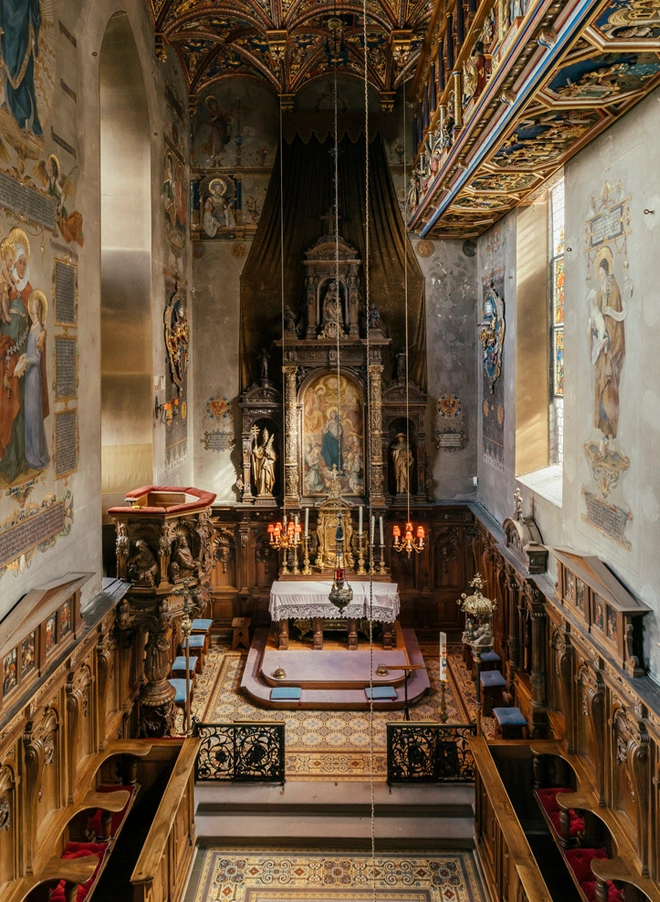
Schloss Heiligenberg
Schloss Heiligenberg, zwischen 1538 und 1584 errichtet, überstand den Dreißigjährigen Krieg und beeindruckt bis heute mit seiner Renaissancepracht und seiner bedeutenden Grablege in der Schlosskapelle hoch über dem Bodensee.

Die Geschichte
des Schlosses
des Schlosses
Schloss Heiligenberg wurde zwischen 1538 und 1584 von den Grafen von Fürstenberg anstelle einer mittelalterlichen Burg errichtet. Es hat erstaunlicherweise die Jahrhunderte nahezu unverändert überstanden, selbst den Dreißigjährigen Krieg, in dem es Ziel einer Sprengung war. Die Schlossherren verbrachten aufgrund ihrer hohen Ämter in Wien und am Dresdner Hof nur wenig Zeit in Heiligenberg.
Die Lage am
BodenSee
BodenSee
Nach Aussterben der Heiligenberger Linie des Hauses Fürstenberg im Jahr 1716 wurde das Schloss nur noch zeitweilig bewohnt, so 1817–1822 durch Fürstin Elisabeth zu Fürstenberg. Dennoch hat es seine Schönheit und Pracht in seiner malerischen Lage über dem Bodensee bewahrt. Der beeindruckende Rittersaal mit seiner kunstvollen Holzdecke, dem Parkettfußboden und den Ahnenporträts ist einer der prächtigsten Festsäle der deutschen Spätrenaissance. Von hier aus bietet sich eine atemberaubende Aussicht auf die Umgebung.


Schlosskapelle
& Grablege
& Grablege
Die Schlosskapelle in Heiligenberg ist nicht nur ein Ort der Andacht, sondern auch ein wichtiges Denkmal der fürstenbergischen Familiengeschichte. Unter der Kapelle liegt seit 1586 die Grablege des Hauses Fürstenberg. Hier ruhen bedeutende Persönlichkeiten wie Fürst Max Egon II. (1863-1941). Das archaisch anmutende Kruzifix von Bildhauer Hans Wimmer ist eine besondere Kostbarkeit des Schlosses.
©2024 Haus Fürstenberg

